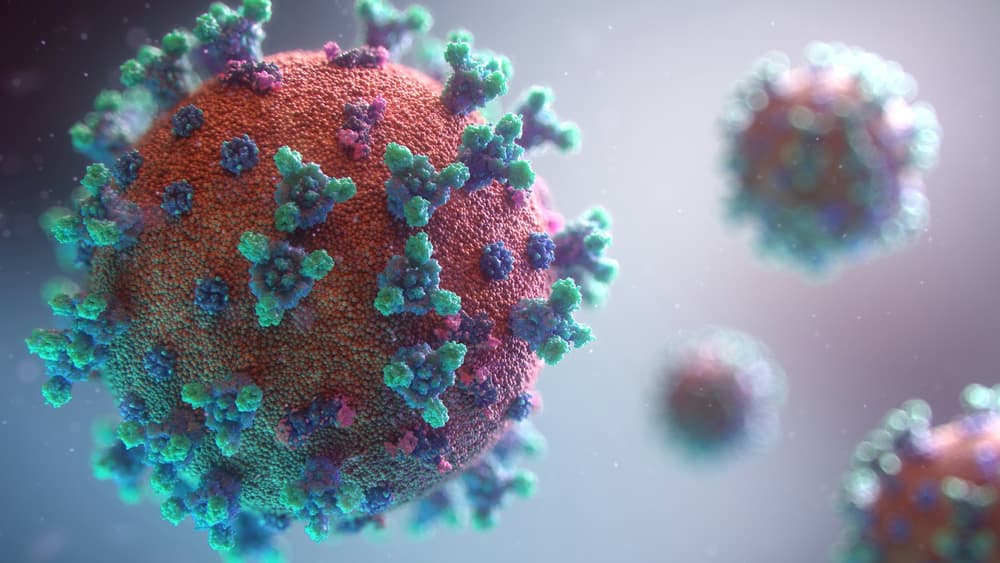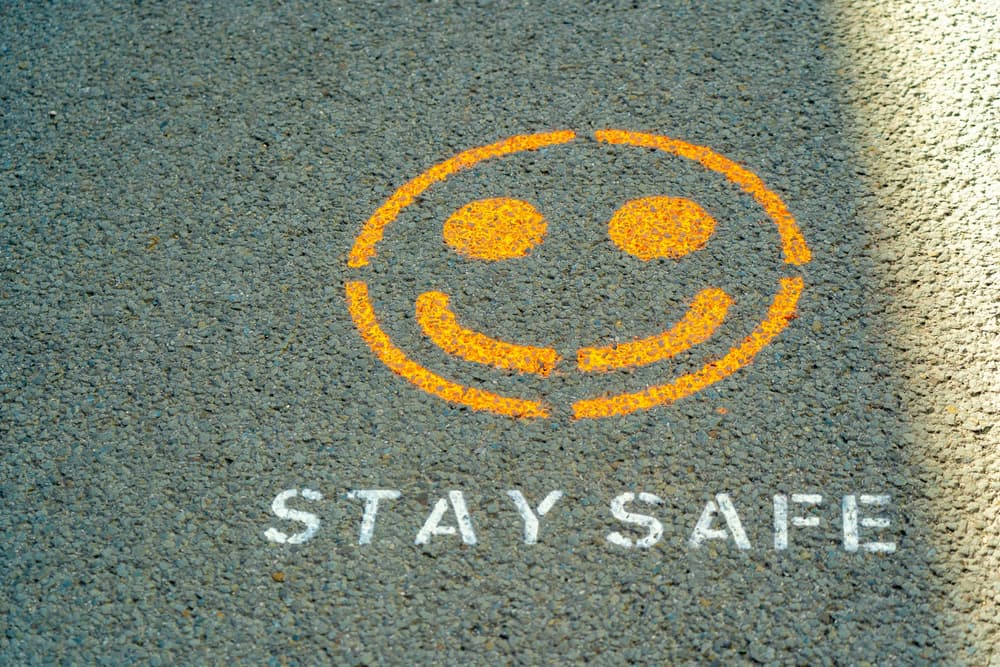
“I learnt lessons at every step of life.
COVID-19 pandemic was the examination.
And Innovation will be the new normal.”
― Omkar More
I don’t have the answers, but I do have many questions and observations. Perhaps we can discover some solutions together.
We have changed again. Forever.
There is no normal to return to, or embrace. The future continues to change and will respond. We have the opportunity to redesign, redistribute, and reinvent so much in our lives, both work and play.
When we own the process and start early, there is less pain. It is human nature, though, to wait until the pain and dissatisfaction are acute before we act.
My favorite change formula is: C = D x V x F > R
Can you guess which word each of the letters represents?
Change = Dissatisfaction • times Vision • times Focus and First Steps is greater than Resistance.
It would be nice if the D word were Desire or Determination? But our human nature is to settle for what is comfortable and move only when necessary.
John Kotter’s model for change starts with URGENCY. Without a sense of URGENCY individuals and groups are not motivated to leave the relative comfort of the situation.
I share this because I am starting to hear stories about painful experiences in both the work and homes of people I talk with.
The pandemic caused us pain. Caused us to have to change. Flip our scripts. Brought new habits and technologies into our lives. And we responded. Really amazing things happened, and hardship was experienced. We are never going back to the “before”.
I love to retell the stories of individuals, groups, and organizations really stretching. I witnessed ‘pulling together’ and people intentionally choosing to do hard things well for the good of others and the organization.
I also saw individuals frozen in fear, unable to care for themselves and each other. And their suffering.
When we jumped into remote and hybrid working environments, it was easy for some and a struggle for others. And it was difficult for those whose jobs could not become remote. I shared with my clients and colleagues that committed employees remained committed and hardworking regardless of the location, that those with variable commitment stayed variable in their working style, and the poor performers did not improve and may have taken advantage of being remote.
It is the stories in this fourth year that I am hearing now, stories that reflect what might have been lost or hidden when we took to our homes, phones, and laptops to keep our organizations alive.
I have listened to new college graduates who took jobs that were remote from the get-go and have never met their manager or coworkers in person. Today, most of them are looking for new jobs because they never were onboarded properly and don’t feel a connection to their work, workmates, or organizations. Some have experienced mental health challenges because of the isolation.
Employee churn costs organizations greatly.
Another colleague told me the story of taking a new position and discovering that necessary maintenance of the company’s facilities had been recognized and prioritized but never acted on. To make matters worse, this new leader was not told about these needs but instead discovered the deferred maintenance as a crisis and spent the first year addressing big issues that interrupted work and the ability to support their clients. Not only did they need to undertake the big projects but they had to raise funds to make them happen. It was not an easy first year on the job, but my colleague rose to the occasion and left the organization in a better position. And yes, they have taken their talent elsewhere.
• What more are we going to discover that was neglected, hidden, and ignored under the cover of COVID?
• Are you finding things that just slipped through the cracks or was lost when we separated ourselves and ‘threw our work over the walls?’
• What more is hidden and un-communicated?
Not long ago, I had experience with a group where the leader used the opportunity of COVID to require remote interactions as a form of power and not necessarily as a need to keep the work group safe. Remote meetings and one-on-ones became a means to control who had access and information, just as we used hierarchy in the past to distribute power, control, and favoritism. It was a calculated manipulation of the system and resulted in the deterioration of relationships, performance, and organizational health.
I have many examples of thoughtful leadership that really leaned in and found new ways to forge deep connections, foster the culture, attract and retain talent, and learn together how to use the new tools of remote, hybrid, and remodeled working environments and relationships.
While I think that overall we did well, I am worried about the things we have lost; about the dangers of hidden or unattended needs.
I love to think, plan, and act proactively to avoid negative surprises and the stress that results so that we can co-create working environments where individuals thrive. So, I am going to keep observing and asking questions.
• Do you have any observations or ideas?
Leslie
“COVID-19 slowed us down,
but what have we learned?
The virus gave us time to think,
but what are we thinking?”
― Donna Maltz



Recent Comments